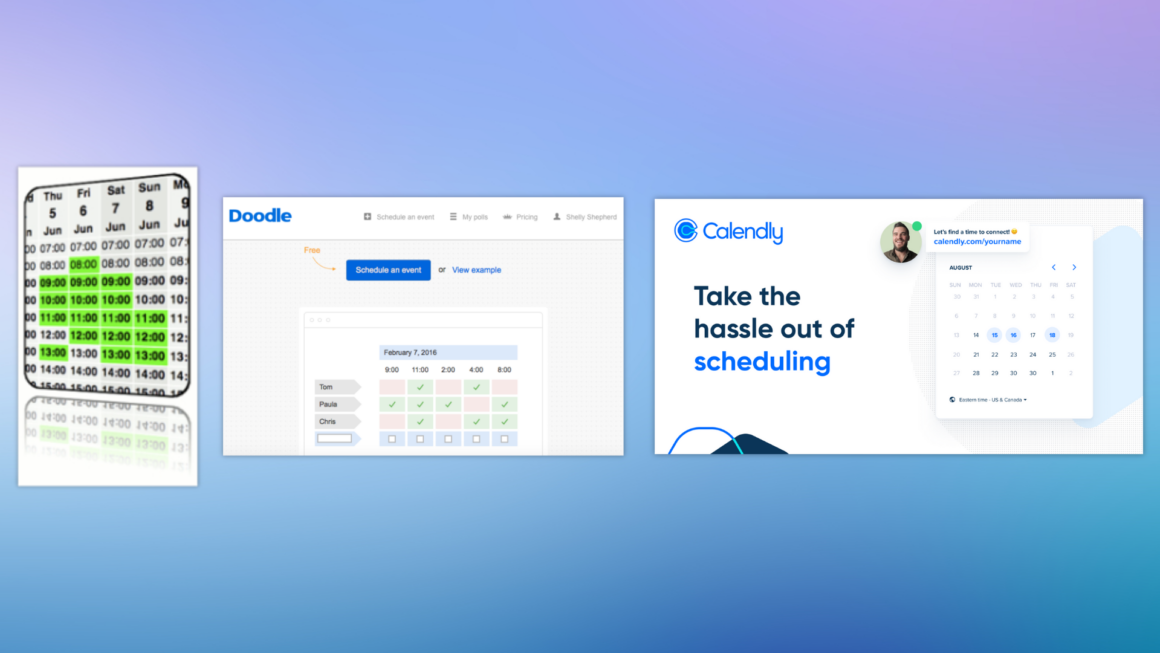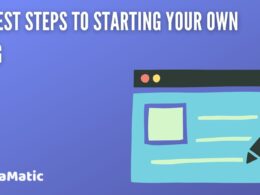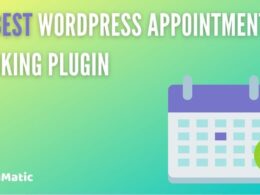Finding the right time for a meeting can be a hassle, especially with busy schedules and different time zones. WhenIsGood steps in as a solution to this common problem, offering a straightforward way to schedule meetings without the back-and-forth emails.
It’s a tool that caters to everyone—whether you’re part of a remote team, a freelancer, or just someone trying to organize a catch-up with friends.
Let’s dive into what makes WhenIsGood stand out and how it simplifies the process of meeting scheduling.
What is WhenIsGood and How Does It Simplify Meeting Scheduling?
WhenIsGood is a user-friendly tool designed for scheduling meetings efficiently. Here’s how it works:
- Users set their availability: You first indicate on a calendar when you are available to meet.
- Share a link: After marking your available times, you share a unique link with your invitees.
- Invitees choose convenient times: People you invite click on the link and select the times that work best for them within your provided slots.
The key features that make WhenIsGood especially helpful include:
- Easy visibility of available times: You and your invitees can quickly see which times work for everyone, making the decision process faster.
- Minimalistic interface: The tool’s simple design keeps the focus on choosing times without any unnecessary distractions.
Benefits for various groups:
- Remote teams: WhenIsGood simplifies coordination across different time zones, making it easier to find a common meeting time.
- Freelancers: Freelancers can share their availability with clients in a professional manner, ensuring meetings don’t overlap with their other commitments.
By addressing the common pain points in scheduling meetings, WhenIsGood offers a streamlined approach that saves time and reduces the potential for miscommunication.
Why Compare WhenIsGood with Doodle and Calendly?
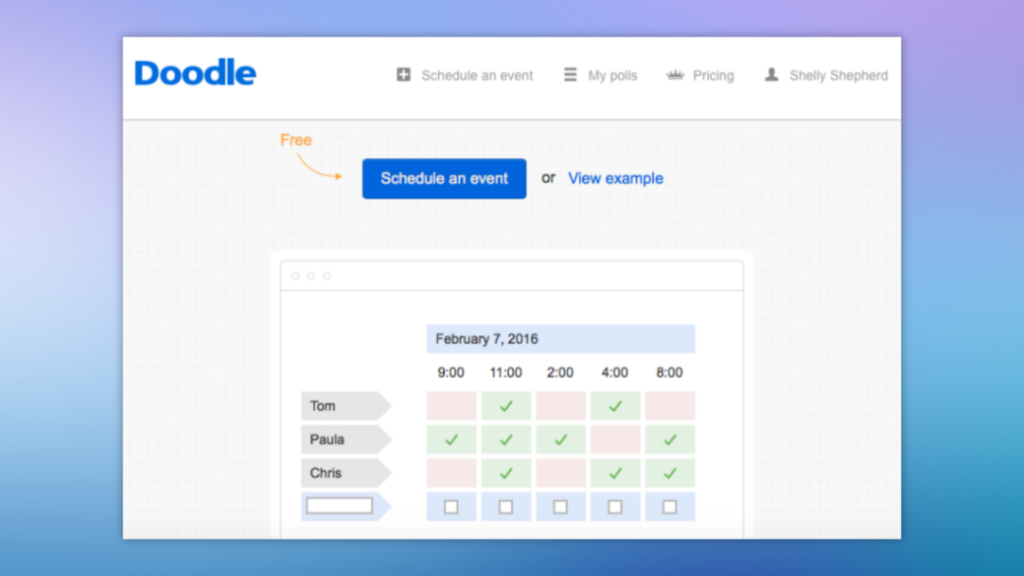
Choosing the right scheduling tool can make a big difference in how efficiently you can arrange meetings. WhenIsGood, Doodle, and Calendly each offer unique features that cater to different needs. Here’s why comparing them matters:
- Finding the best fit: Each tool has strengths that serve specific user needs better. For example, a freelancer might prioritize simplicity, while a large team may need robust integration options.
- Simplicity vs. Features: WhenIsGood offers a straightforward approach, making it quick to use. Doodle introduces a polling system, useful for deciding on a time with many participants. Calendly boasts extensive integrations, connecting to calendars and other apps for a seamless scheduling experience.
User Experience:
- WhenIsGood: Known for its minimalistic interface, it allows quick setup without the need for an account, appealing to users looking for simplicity.
- Doodle: Offers a more detailed setup with a polling system, ideal for group scheduling where consensus is needed.
- Calendly: Focuses on integration and automation, providing a more comprehensive setup process but offering a richer feature set as a result.
Ease of Setup and Customization:
- WhenIsGood requires minimal setup, appealing for those who value speed and simplicity.
- Doodle and Calendly require more initial setup time but offer greater customization options, such as branded meeting pages or automated reminders.
Cost-effectiveness and Value for Money:
- WhenIsGood offers a free basic version that meets the needs of individuals and small teams, with an option for a paid upgrade for more features.
- Doodle provides a free tier with limited features and paid plans that offer more functionality, including advanced polling options and calendar integration.
- Calendly has a free version for basic scheduling needs, with paid plans that unlock extensive integrations and features, suitable for businesses that require advanced scheduling capabilities.
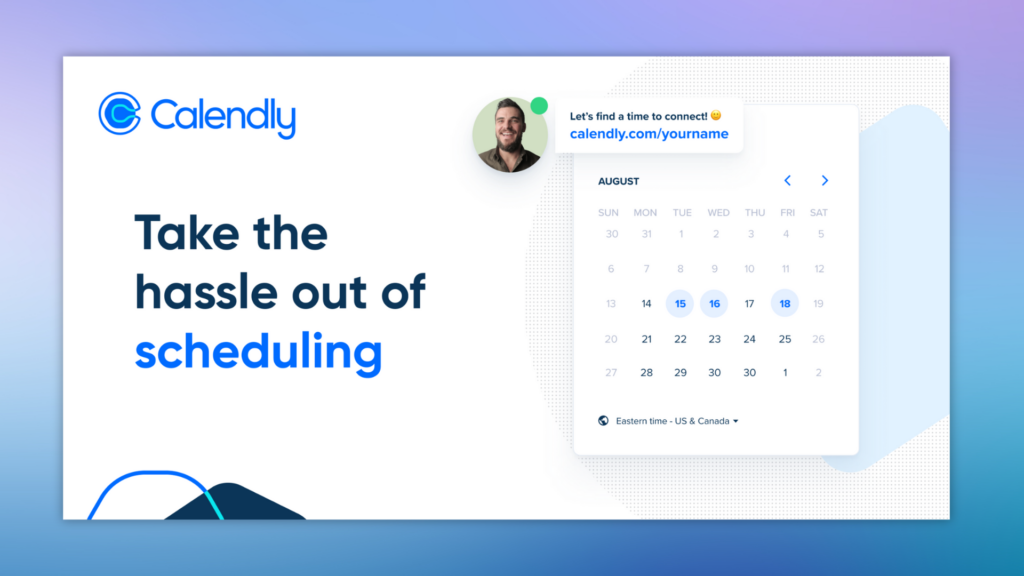
Comparing WhenIsGood, Doodle, and Calendly helps highlight the value each brings to different scheduling scenarios.
Whether you prioritize simplicity, the ability to gather group input, or the need for deep integration with your tech stack, understanding these differences ensures you choose the tool that aligns with your specific scheduling needs.
Top 5 Alternatives to WhenIsGood
When looking for a scheduling tool, it’s important to explore options that fit your specific needs. Here are five alternatives to WhenIsGood, each with unique features for efficient calendar management:
- Google Calendar:
- Integration: Seamlessly integrates with other Google services and third-party apps through Google Workspace.
- User Interface: Clean and intuitive, making it easy to use for both personal and professional scheduling.
- Additional Tools: Offers automated event reminders, color-coded events, and the ability to share calendars with others.
- Best for: Individuals and teams already using Google Workspace who want a free, integrated scheduling solution.
- Microsoft Outlook:
- Integration: Connects with Microsoft Office Suite, providing a comprehensive ecosystem for email, calendar, and contacts.
- User Interface: Familiar to those already using Microsoft products, though it can be complex for new users.
- Additional Tools: Includes meeting reminders, recurring appointments, and the ability to schedule meetings directly from emails.
- Best for: Businesses and individuals deeply embedded in the Microsoft ecosystem looking for a robust scheduling tool.
- SavvyCal:
- Integration: Offers integrations with popular calendar apps and email clients, making it versatile for different users.
- User Interface: Streamlined and modern, focusing on ease of use and minimizing the back-and-forth often associated with scheduling.
- Additional Tools: Features like overlaying calendars to find mutual availability quickly distinguish it from WhenIsGood.
- Best for: Users seeking a balance between simplicity and advanced scheduling features, especially for external meetings.
- SimplyMeet.me:
- Integration: Provides basic calendar integrations and options to embed scheduling pages on websites.
- User Interface: Simple and straightforward, with customization options to personalize the scheduling page.
- Additional Tools: Offers automated reminders and a generous free tier, making it accessible for individuals and small businesses.
- Best for: Those looking for an easy-to-use, customizable scheduling tool without the need for extensive integrations.
- Zoho Calendar:
- Integration: Part of the Zoho ecosystem, allowing for seamless use with other Zoho apps and services.
- User Interface: Clean and user-friendly, designed to support efficient scheduling and team collaboration.
- Additional Tools: Includes features like group calendars, appointment scheduling, and reminders.
- Best for: Small to medium-sized businesses using other Zoho products, who benefit from integrated calendar management.
User Reviews and Ratings:
- Google Calendar and Microsoft Outlook often receive high marks for reliability and integration capabilities, making them solid choices for those already using their respective ecosystems.
- SavvyCal is praised for its innovative approach to finding mutual availability, offering a refreshing alternative to traditional scheduling tools.
- SimplyMeet.me gets positive feedback for its ease of use and customization options, appealing to users who prioritize simplicity and aesthetics.
- Zoho Calendar is recommended for its seamless integration within the Zoho suite, making it a strong contender for businesses already invested in Zoho apps.
In summary, while WhenIsGood provides a straightforward scheduling solution, these alternatives offer varied features that cater to different needs, from deep integration with productivity suites to innovative approaches to finding mutual availability.
Choosing the right tool depends on your specific requirements, such as the importance of integration capabilities, the need for a user-friendly interface, and the value of additional scheduling tools like reminders and follow-ups.
How to Setup and Use WhenIsGood for Your First Meeting

Setting up and using WhenIsGood for scheduling your first meeting is straightforward. Follow these steps to get started:
- Create an Account:
- Visit the WhenIsGood website and click on “Get Started” or “Create Account”.
- Fill in the required information, including your email address and a password.
- Confirm your email address by clicking on the verification link sent to your email.
- Set Up Your First Meeting:
- Once logged in, select “Create a New Event”.
- Enter the details of your meeting, such as the event name and a brief description.
- Choose the potential dates and times you’re available for the meeting.
- Define Availability Slots:
- On the calendar view, highlight the times you are free. You can adjust these slots by dragging across the calendar.
- For more precise scheduling, use the settings to define how long each meeting should last and the start and end times for your availability each day.
- Share the Scheduling Link:
- After setting your availability, click on “Save” or “Next” to generate a unique scheduling link.
- Share this link with your attendees via email or instant messaging. You can also embed the link on your website or a social media page.
- Interpret Responses:
- Attendees will select their available times using the link you provided.
- You can view these responses in real-time by logging into your WhenIsGood account.
- Look for overlapping times where all or most attendees are available.
- Finalize the Meeting Time:
- Once you identify the best time for the meeting, finalize it by selecting that slot in your WhenIsGood account.
- Notify attendees of the confirmed time. WhenIsGood allows you to send an email directly from the platform.
- Integrate with Your Calendar:
- For automatic synchronization, integrate WhenIsGood with your personal or work calendar.
- Go to “Settings” and find the option for calendar integration. Follow the instructions to link WhenIsGood with your Google Calendar, Outlook, or other supported calendars.
- This ensures that your WhenIsGood availability automatically updates based on your existing commitments.
Tips for Success:
- Clear Communication: When sharing the link, explain to attendees how to select their available times clearly.
- Follow Up: Send a reminder to those who haven’t responded to ensure everyone participates in the scheduling process.
- Time Zone Awareness: If your team is spread across different time zones, make note of this when setting your availability to accommodate everyone.
By following these steps and tips, you can efficiently schedule your first meeting using WhenIsGood. This tool simplifies finding a time that works for everyone, making meeting planning hassle-free.
READ MORE:
Best Elementor Themes for WordPress in 2025
Open Source vs Proprietary: Understanding Key Differences





